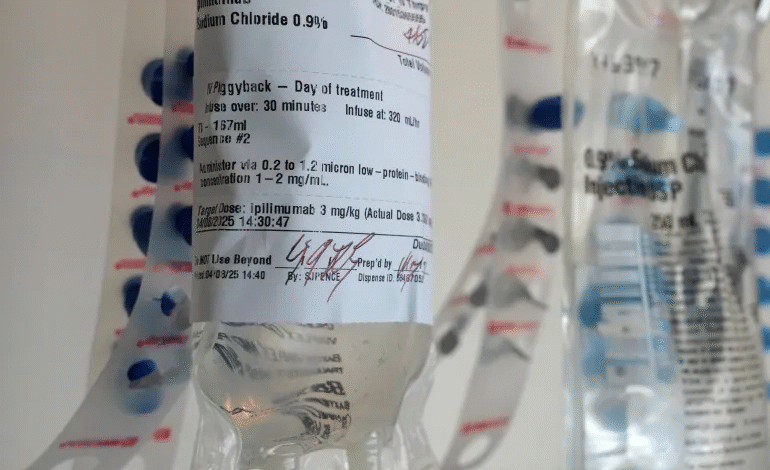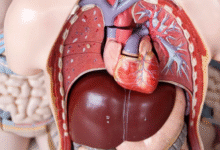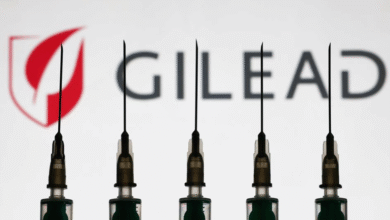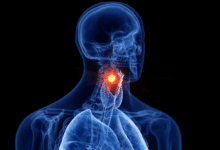Ipilimumab: A Promising Immunotherapy for Pulmonary Fibrosis That Reactivates Lung Recovery

Researchers have revealed that the use of Ipilimumab, an immunotherapy drug commonly used in cancer treatment, may represent a significant new step in treating pulmonary fibrosis. The drug helps eliminate damaged cells responsible for the formation of stiff scar tissue in the lungs, potentially aiding the lungs in regaining their normal function.
This study was conducted by a team of scientists at Tulane University in Louisiana, USA, and its results were published in the journal Clinical Investigation and covered by the site York Alert.
Pulmonary Fibrosis and Disease Mechanism
In a healthy body, specialized cells called fibroblasts play a vital role in repairing lung tissue. However, in pulmonary fibrosis, these fibroblasts, along with other cells, cease to function normally and transform into what is known as senescent cells.
These senescent cells neither die nor divide as usual; instead, they accumulate in the tissue, causing stiffness and scarring that reduce lung efficiency. Researchers attribute this to the immune system’s diminished ability to clear these senescent cells.
The researchers identified a protein called CTLA4 that plays a key role in suppressing immune activity. Acting as an “emergency brake,” CTLA4 halts the activity of T-cells responsible for removing senescent cells. Under normal conditions, this protein protects the body from excessive inflammation that could damage tissues, but in pulmonary fibrosis, its prolonged suppression leads to the buildup of senescent cells.
Effectiveness of Ipilimumab
Animal studies on mice demonstrated that Ipilimumab can block CTLA4, thereby reactivating T-cells and enhancing their ability to clear senescent cells. This process contributed to improved lung tissue recovery and reduced scarring.
Pulmonary fibrosis is a fatal disease with no current cure, as statistics indicate that 50% of patients die within three years of diagnosis. Existing treatments mainly focus on slowing disease progression rather than halting or reversing it. The disease advances rapidly, causing scarring of lung tissue and difficulty breathing.








